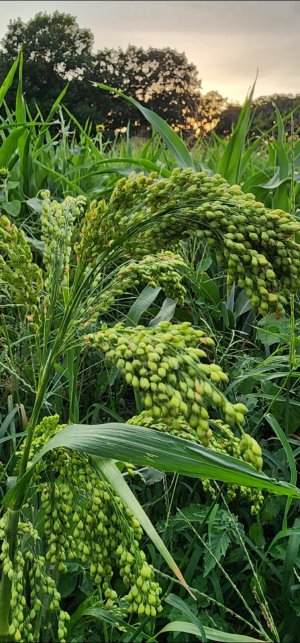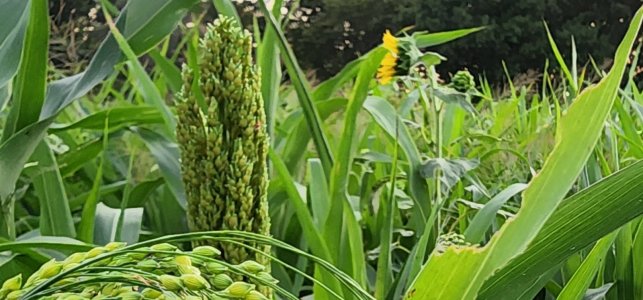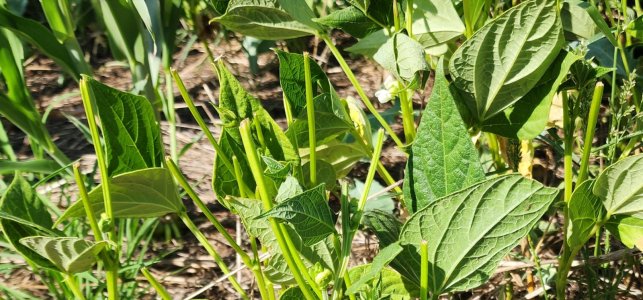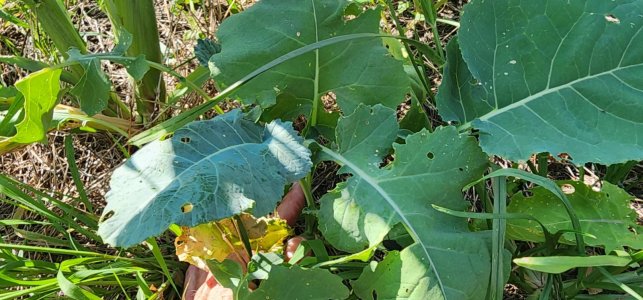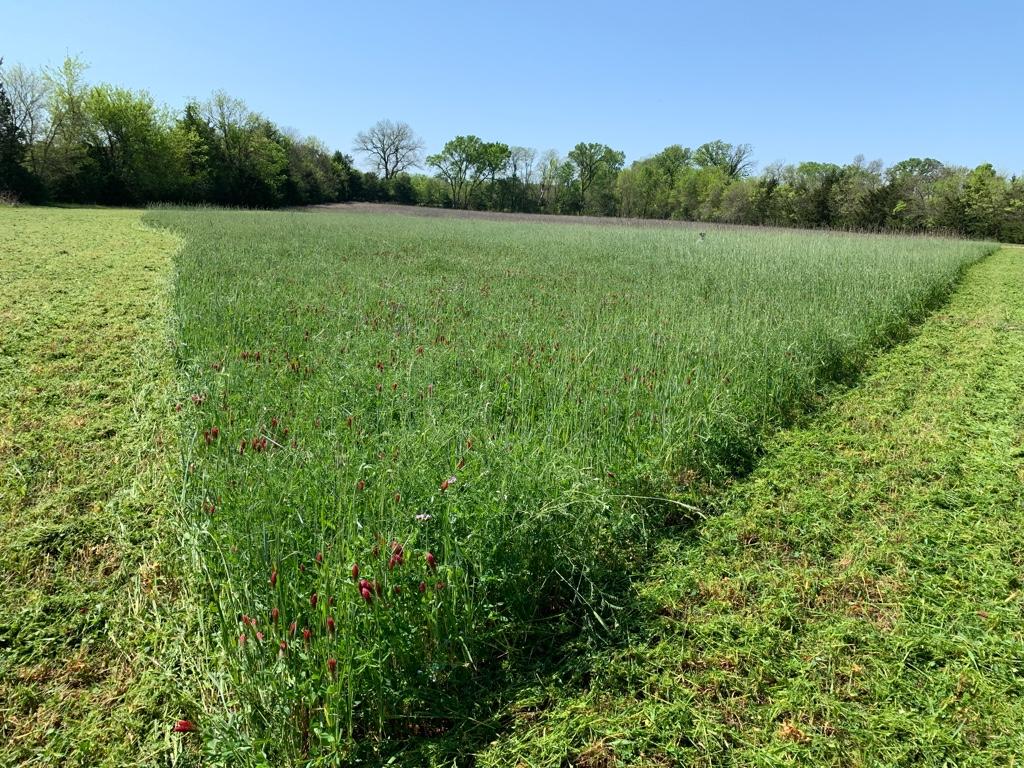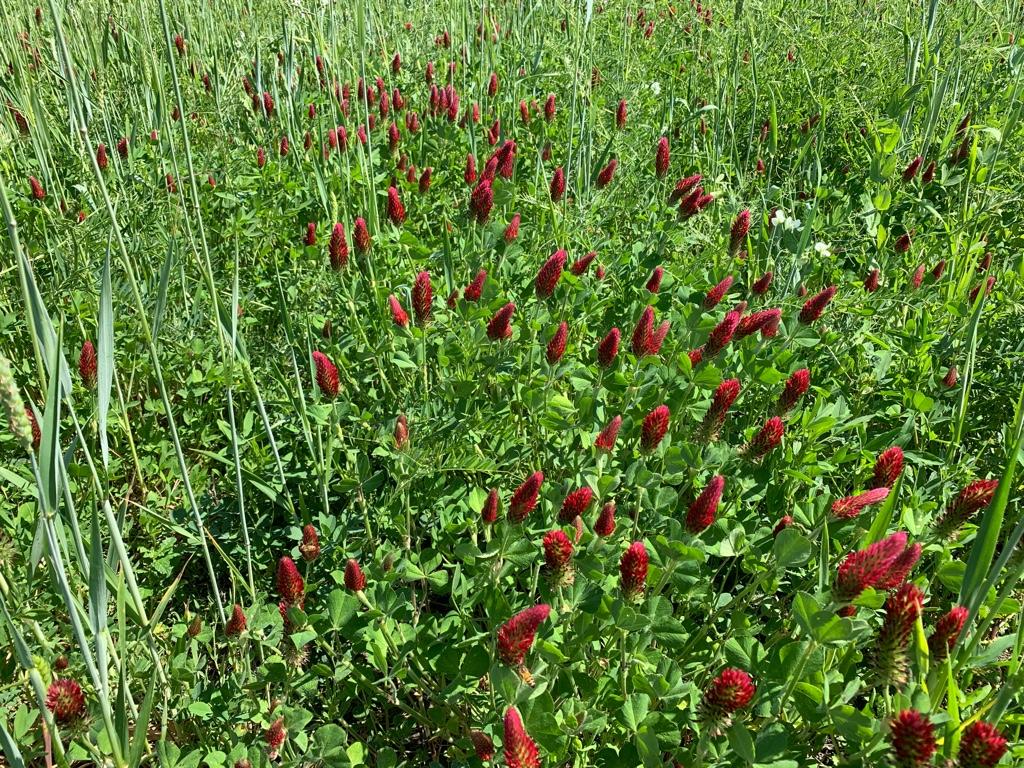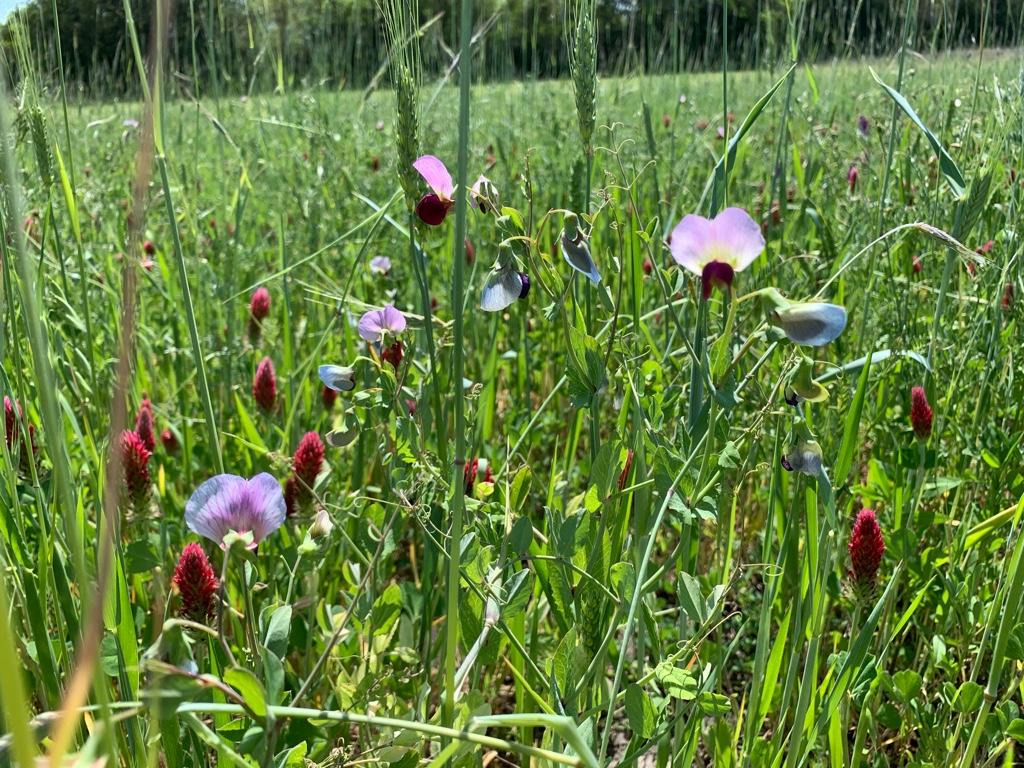RJAJr
A good 3 year old buck
For the record I spot sprayed some thistle areas I was having issues with in a clover plot about 3 weeks ago with Buyrtec. I am really happy with how well it knocked back the thistle. It's not perfect but I had a couple of real problem areas and I feel like I have a huge jump on the upcoming spring. Seeded rye heavy in these areas 14 days post spray.You might consider spot spraying those thistles. Might be too late for this year. Dunno.


